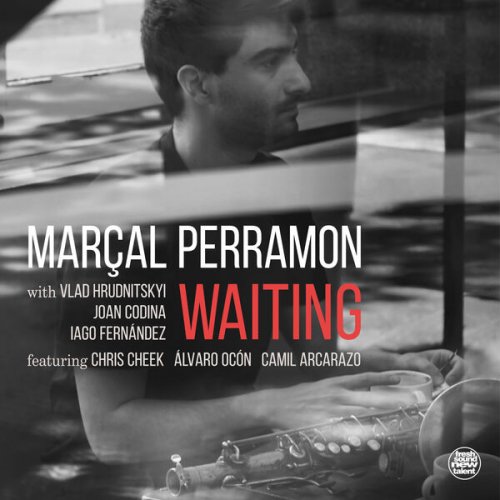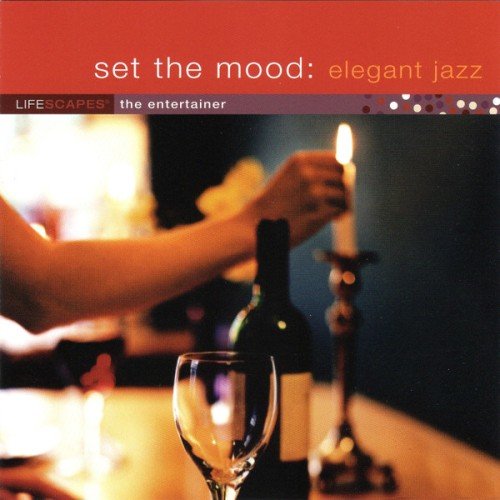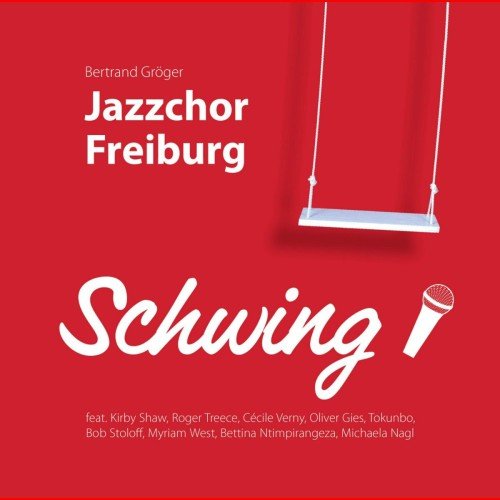Colin Tilney - Colin Tilney Plays Mozart, Vol. 6 (2007)

Artist: Colin Tilney
Title: Colin Tilney Plays Mozart, Vol. 6
Year Of Release: 2007
Label: DOREMI
Genre: Classical
Quality: FLAC (tracks)
Total Time: 01:11:24
WebSite: Album Preview
Tracklist:Title: Colin Tilney Plays Mozart, Vol. 6
Year Of Release: 2007
Label: DOREMI
Genre: Classical
Quality: FLAC (tracks)
Total Time: 01:11:24
WebSite: Album Preview
Piano Sonata No. 5 in G Major, K. 283 (Wolfgang Amadeus Mozart)
01. I. Allegro (00:06:13)
02. II. Andante (00:07:02)
03. III. Presto (00:06:50)
Piano Sonata No. 12 in F Major, Op. 6 No. 3, K. 332 (Wolfgang Amadeus Mozart)
04. I. Allegro (00:09:48)
05. II. Adagio (00:04:45)
06. III. Allegro assai (00:08:06)
Piano Sonata No. 16 in C Major, K. 545 "Sonata facile" (Wolfgang Amadeus Mozart)
07. I. Allegro (00:05:40)
08. II. Andante (00:04:20)
09. III. Rondo. Allegretto grazioso (00:01:58)
Piano Sonata No. 18 in D Major, K. 576 (Wolfgang Amadeus Mozart)
10. I. Allegro (00:06:09)
11. II. Adagio (00:05:31)
12. III. Allegretto (00:05:02)
Total length: 01:11:24
Label: DOREMI
Performers:
Colin Tilney (piano)
Historical-performance keyboardist Colin Tilney uses the same instrument for each of the four Mozart sonatas included on this fine disc -- a replica of a Viennese Walter fortepiano made by Kenneth Bakeman of Seattle, one of America's hardy and underestimated breed of instrument builders. But it sounds almost as though he is playing four different instruments -- he uses the fortepiano to trace the evolution in Mozart's thinking about the keyboard, and his booklet notes contain intriguing insights into the relationship between sonority and structure in these works. Tilney has done well in his Mozart series to mix up sonatas from different stages of Mozart's life rather than plowing through in strict chronological fashion, and the particular quartet here takes the listener on quite a journey. There is the Sonata in G major, K. 283, marked by textures that work equally well on the harpsichord (Tilney makes the fortepiano sound very harpsichord-like here, with a rather dry sound characteristic of harpsichordists who take up the fortepiano) and also by a certain symphonic sound in keyboard writing with which Mozart experimented in many of his earlier keyboard works. Mozart flexes the muscles of the new instrument in the Sonata in F major, K. 332, playfully setting a "Mannheim rocket" figure in D minor in sharp contrast to an intentionally too-languid, pat opening, and Tilney catches the contrast perfectly. After a straightforward reading of the student-oriented Sonata in C major, K. 545 (taken with no repeats in the Andante, although they are used elsewhere), comes the late Sonata in D major, K. 576, a sterling example of the curious blend of galanterie and severe Bachian counterpoint that marked many of the instrumental compositions of Mozart's last years. Generally Tilney's use of ornamentation is elegant -- unobtrusive in the outer movements, lyrical and vocal in the slow movements -- and his articulation is precise throughout. But here he somewhat distorts the balance in the first movement by applying ornamentation to the plain material at the beginning. Another small complaint might be that Tilney's informative notes obviously did not receive even cursory proofreading, but this is a worthwhile album, especially for keyboardists who are immersing themselves deeply in each of Mozart's sonatas as individuals.





![Nectar Woode - Live at Village Underground (Live At Village Underground) (2025) [Hi-Res] Nectar Woode - Live at Village Underground (Live At Village Underground) (2025) [Hi-Res]](https://img.israbox.com/img/2025-12/15/eiazyx7yigt2lhbv1tcd3eos6.jpg)


